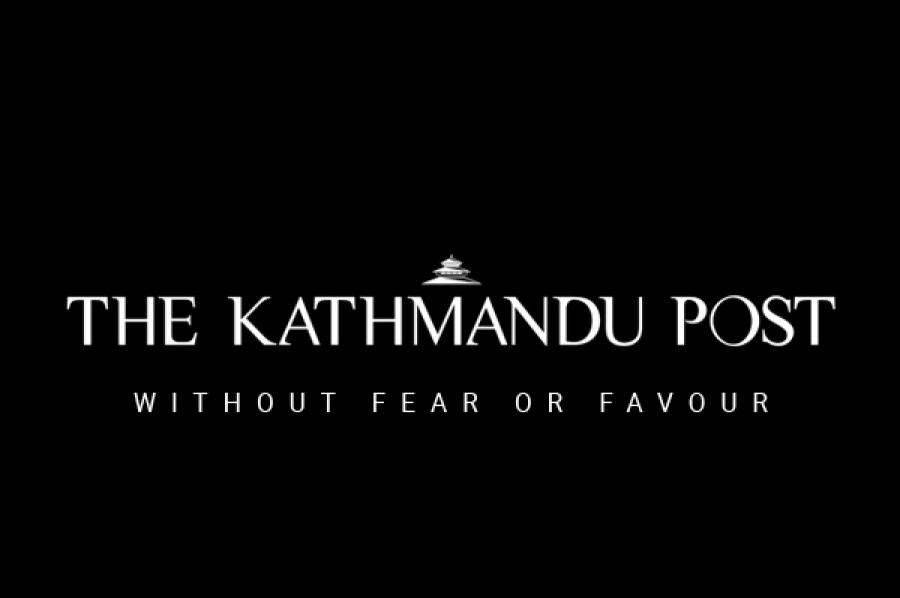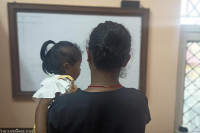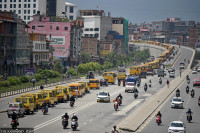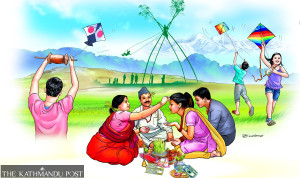Opinion
Fear and trembling
In case an earthquake measuring eight or higher on the Richter scale strikes the Kathmandu Valley, as is soon expected, more than 100,000 will die
Pratistha Rijal
In case an earthquake measuring eight or higher on the Richter scale strikes the Kathmandu Valley, as is soon expected, more than 100,000 will die, three times that number will be severely injured and almost 2 million rendered homeless. When our building code violating structures tumble—and more than 60 percent of them will—this crammed city will have few open spaces for shelter. If the three roads that connect Kathmandu to the rest of the world are blocked and our only international airport ceases to exist, we will be isolated, cut off from any sort of aid.
Our geographical structure places us in between the Indian and Eurasian tectonic plates moving in opposite directions, making Nepal doubly vulnerable to tremors. Furthermore, an earthquake wave in the Kathmandu Valley will only be magnified by the post-lake alluvium that we have as “ground”, making us the world’s most earthquake prone city. What we don’t realise though, is that our attitude towards the imminent earthquake makes us all the more vulnerable. Only 300 out of the 34,000 schools and four-five of the around 500 hospitals in our city have been retrofitted to be earthquake resistant. Moreover, a mere 16 out of 56 municipalities have enforced the existing building code. Kathmandu’s urbanisation rate—6.5 percent per annum—has only brought about unplanned urban sprawl. The authorities have made some progress in preparing the city for the upcoming earthquake. Retrofitting is taking place in a number of hospitals and open spaces have been identified around the city for temporary shelters and the distribution of aid and relief. Awareness programmes are also launched periodically through the media and with assistance from donors and private agencies.
Our primary concern at this point, however, needs to be preparation. Kathmandus is already beyond the point of no return. There is too little time to implement sweeping changes. So the focus must be on minimising casualties and damage to infrastructure. Towards this end, retrofitting must be done at an accelerated pace, especially for institutions that will be crucial post-disaster, like hospitals, and buildings that house a concentrated mass of people, like schools. New buildings must also be made to strictly adhere to the building code. We have already seen the kind of havoc seismic vibrations can wreak in Kathmandu. Historical records point to a 1255 earthquake that took with it one third of the country’s population, including then King Abhaya Malla. The most recent “strong” quake in modern history was that of 1934, measuring 8.4 on the Richter scale. It had a death toll of more than 8,000 people.
So let us take a minute and give this subject a thought. If the ground starts trembling any second now, where will you go, what will you do? But more importantly, what are the chances that you won’t cease to exist?




 20.2°C Kathmandu
20.2°C Kathmandu










